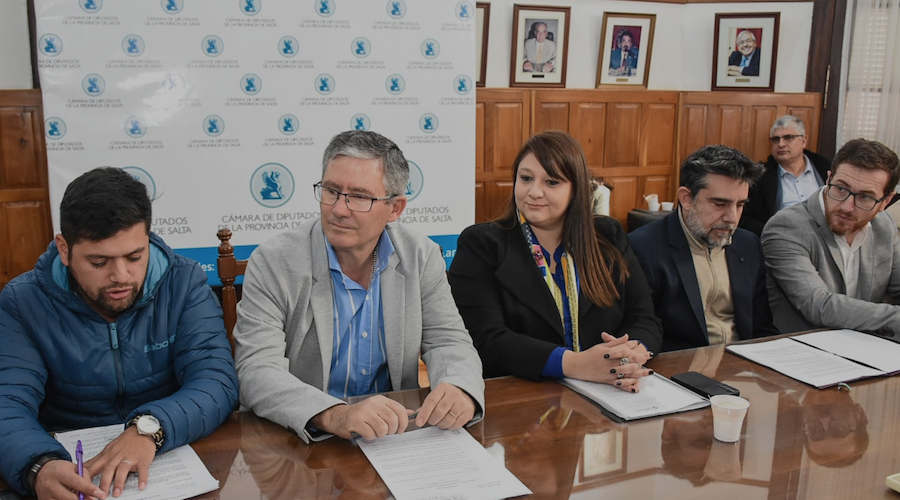
The legislature of the Argentinian northwestern Salta province is discussing a project that aims to expedite some of the processes related to mining environmental and social impact assessments.
The initiative, presented by Salta’s Mining and Energy Secretariat, proposes a change to Article 34 of Law No. 7,141 on Mining Procedures of the Province of Salta. The switch would allow companies to skip a bureaucratic step in the presentation of these mandatory studies in the early stages of the operation and in their customary biennial reviews.
At present, social and environmental impact assessments are first submitted to the provincial Mining Court and, from there, they are forwarded to the Mining and Energy Secretariat. The latter is mandated with verifying if the evaluations comply with current mining and environmental regulations. If approved, the studies are returned to the court which is then in charge of notifying the companies of the result.
The proposed changes to the procedures imply removing the first step and starting the process directly at the Mining and Energy Secretariat.
According to the head of the provincial mining office, Romina Sassarini, the ultimate goal is to increase the efficiency and monitoring of these procedures, as both the initial submissions and the renewals of the assessments would be managed in one place.
Sassarini noted that, if the proposal is approved, it would not diminish the authority of the Mining Court as the top tribunal in matters related to the industry. She also said that the court will still receive from the Secretariat the resolution that shows the approval of the ESIA so that it can be added to mining projects’ judicial files.
Together with Jujuy and Catamarca, Salta is one of Argentina’s lithium-rich provinces, hosting six advanced projects with operational pilot plants and four early development projects, such as those of Vancouver-based Argentina Lithium and Calgary-based Lithium Chile.
Argentina is the fourth global lithium supplier after Australia, Chile and China and is part of the so-called Lithium Triangle, where more than half of the world’s identified resources of the battery metal are found. The Triangle is a unique stripe of high-altitude land covered with lakes and white salt flats that straddles Chile, Argentina and Bolivia.